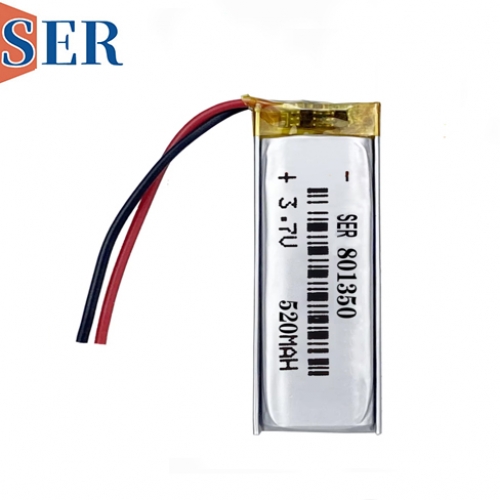Spiral type high temperature battery LiSOCL2 battery with PCM fuse and parallel diode
Spiral type high temperature battery LiSOCL2 battery with PCM fuse and parallel diode
The evolution of battery technology has been crucial in shaping the modern landscape of portable electronics, electric vehicles, and remote sensing systems. Among the various battery chemistries available, high-temperature batteries, particularly Lithium-Thionyl Chloride (LiSOCl2) and Lithium-Sulfuryl Chloride (Li-SO2Cl2), have garnered significant attention due to their ability to operate at elevated temperatures and provide stable energy outputs. This article delves into the technical details of these batteries, including their integration with Protection Circuit Modules (PCM), fused designs, and advanced configurations such as Er batteries with parallel diodes, while also exploring the Spiral type 3.6V Li-SOCl2 and 3.9V Li-SO2Cl2 batteries, as well as the use of capacitors in conjunction with ER26500 batteries.

I. Introduction to High-Temperature Batteries
High-temperature batteries are designed to operate efficiently in environments where traditional batteries may fail due to elevated temperatures. These batteries are commonly used in military, aerospace, and industrial applications where extreme conditions prevail. Lithium-based chemistries, such as LiSOCl2 and Li-SO2Cl2, have become popular choices due to their high energy density, long shelf life, and ability to function in temperatures ranging from -55°C to +150°C.
II. Lithium-Thionyl Chloride (LiSOCl2) Batteries
Lithium-Thionyl Chloride (LiSOCl2) batteries are a type of primary (non-rechargeable) lithium battery that offers a high energy density and stable voltage output. These batteries are often used in applications that require long-term, reliable power sources, such as in satellites, military equipment, and emergency backup systems.
Integration with PCM (Protection Circuit Modules): PCMs are essential in preventing overcharge, over-discharge, and short-circuiting in LiSOCl2 batteries. They monitor the battery's voltage and current and disconnect the battery from the circuit if unsafe conditions are detected. This ensures the safety and reliability of the battery system.
Li-SOCL2 Battery with Fuse: The addition of a fuse to a LiSOCl2 battery provides an additional layer of safety. If the battery experiences an internal malfunction or external trauma that could lead to a hazardous condition, the fuse will melt and disconnect the battery, preventing potential damage or injury.
III. Lithium-Sulfuryl Chloride (Li-SO2Cl2) Batteries
Lithium-Sulfuryl Chloride (Li-SO2Cl2) batteries are another high-temperature lithium-based chemistry that offers similar advantages to LiSOCl2 batteries. They have a slightly higher voltage output and can operate at even higher temperatures, making them suitable for extreme environments.
3.9V Li-SO2Cl2 Battery: The 3.9V Li-SO2Cl2 battery is a specific type that offers a higher voltage than the traditional 3.6V LiSOCl2 batteries. This increased voltage allows for greater power output, making them ideal for applications that require higher energy levels.
IV. Er Batteries with Parallel Diode
Er batteries, a variant of lithium batteries, are designed with parallel diodes to enhance their safety and performance. The parallel diodes provide a fail-safe mechanism that ensures the battery continues to operate even if one of the diodes fails. This configuration improves the reliability of the battery system and reduces the risk of failure in critical applications.
V. Spiral Type 3.6V Li-SOCl2 Batteries
The Spiral type 3.6V Li-SOCl2 battery is a specific design that utilizes a spiral-wound cell structure. This configuration allows for a more compact and efficient battery design while maintaining high energy density and stability. The spiral cell structure also improves the battery's ability to dissipate heat, enhancing its performance at elevated temperatures.
VI. Capacitor Integration with ER26500 Batteries
The combination of ER26500 batteries with capacitors offers a unique solution for power management in high-temperature applications. Capacitors can provide instantaneous power during high-demand situations, while the ER26500 batteries provide sustained energy over longer periods. This hybrid system ensures reliable power delivery, even in extreme conditions, while optimizing the use of both battery and capacitor technologies.
VII. Challenges and Future Developments
Despite their advantages, high-temperature batteries still face challenges in terms of cost, safety, and environmental impact. The use of rare materials and specialized manufacturing processes makes these batteries relatively expensive. Additionally, the need for robust safety mechanisms and strict handling procedures adds to the complexity.





